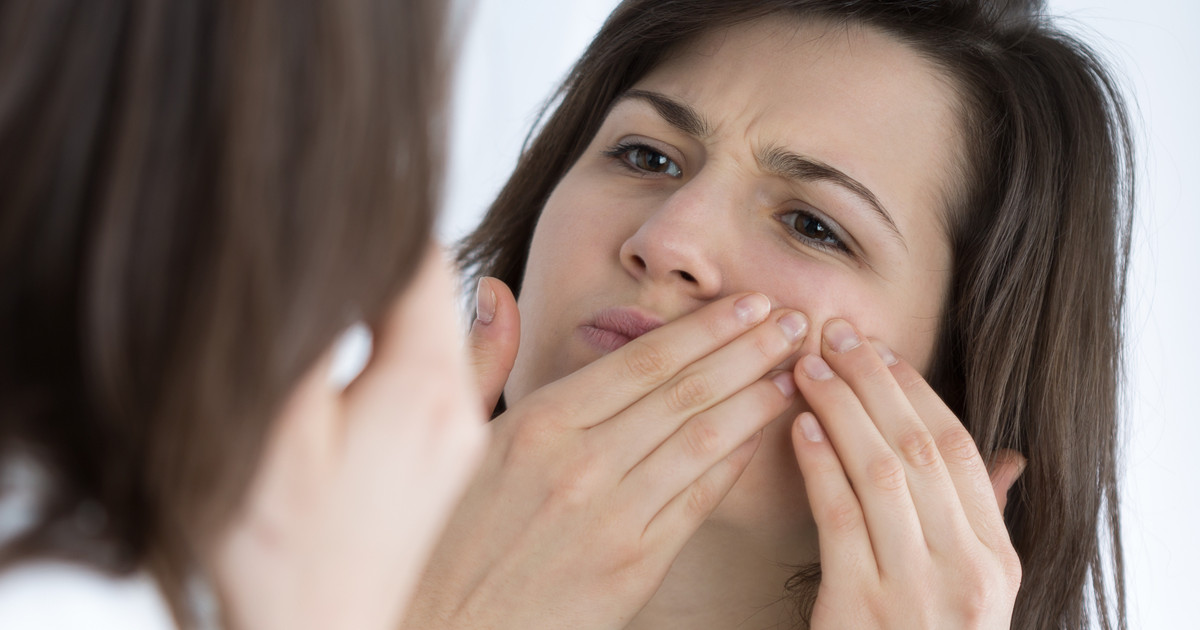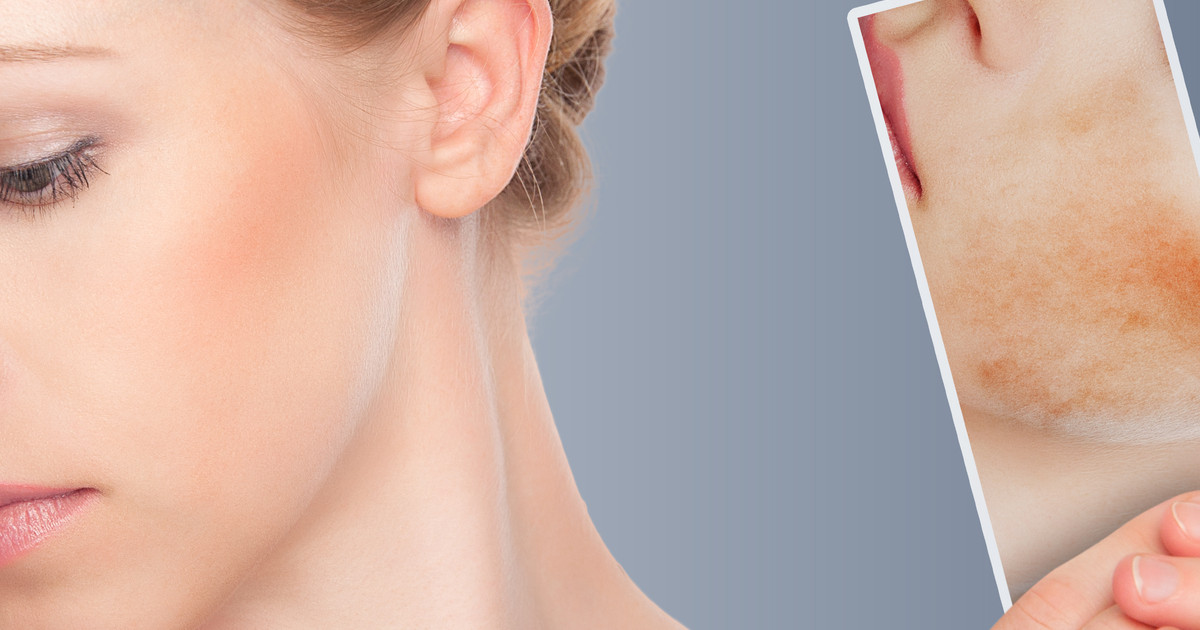What Is Trifarotene (Aklief)?
Trifarotene seems to be a prescription retinoid cream often sold as Aklief. This medication appears to have been first approved in 2019. Reports indicate that it may be the only new retinoid approved in over twenty years. Most patients should only apply this medication once a day, often in the evening. Unfortunately, side effects seem to be quite common. They may include dry, itchy, and irritated skin. Patients may want to call their doctor if these side effects are persistent or bother them.
This medication seems to be a strong prescription for cystic acne treatment. However, patients may want to try an over-the-counter retinol cream first. Trifarotene appears to act as an acne scar treatment as well. Since this is not the only prescription retinoid, patients may want to understand how trifarotene works first to make sure it is the best acne treatment for them.
How It Should Work
Trifarotene seems to be a selective retinoic acid receptor agonist. Many individuals may refer to it as a retinoid. This medication appears to bind to retinoic acid receptors in the skin. Specifically, it seems to target the RAR-gamma isoform. It appears to be the only retinoid that does so. Other ones may target the RAR-alpha and RAR-beta isoforms instead. However, the gamma isoform may be the most common one in an individual's skin. This medication also seems to increase how fast skin cells renew. This may improve skin texture and acne.
Continue reading to discover the possible uses for this medication next.
Possible Uses
It appears that patients in the United States may use this medication for acne if they are over nine years old. This cream may also treat congenital ichthyosis in the United States and Europe as an 'orphan drug.' This condition may involve thickened, dry, and scaled skin.
Most retinoids seem to treat acne on a patient's face. This also appears to be the case with trifarotene. However, this medication may also treat acne on the chest, back, and shoulders. It may be the only retinoid approved to do so. Clinical trials seem to indicate that patients will see their facial acne improve in two weeks of using this medication. These trials also say that this may happen in four weeks for acne on the chest, back, and shoulders.
Uncover the potential side effects next.

